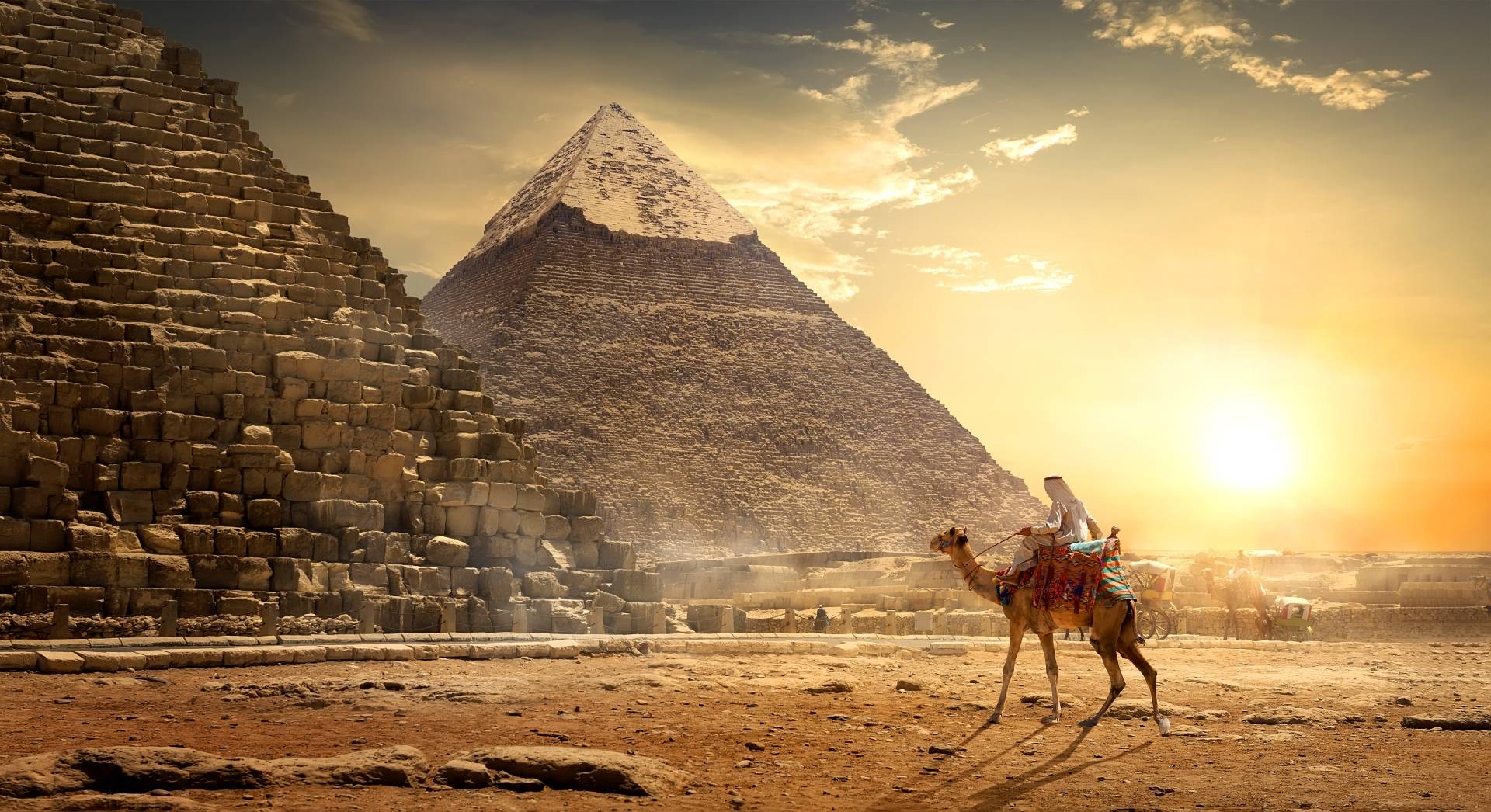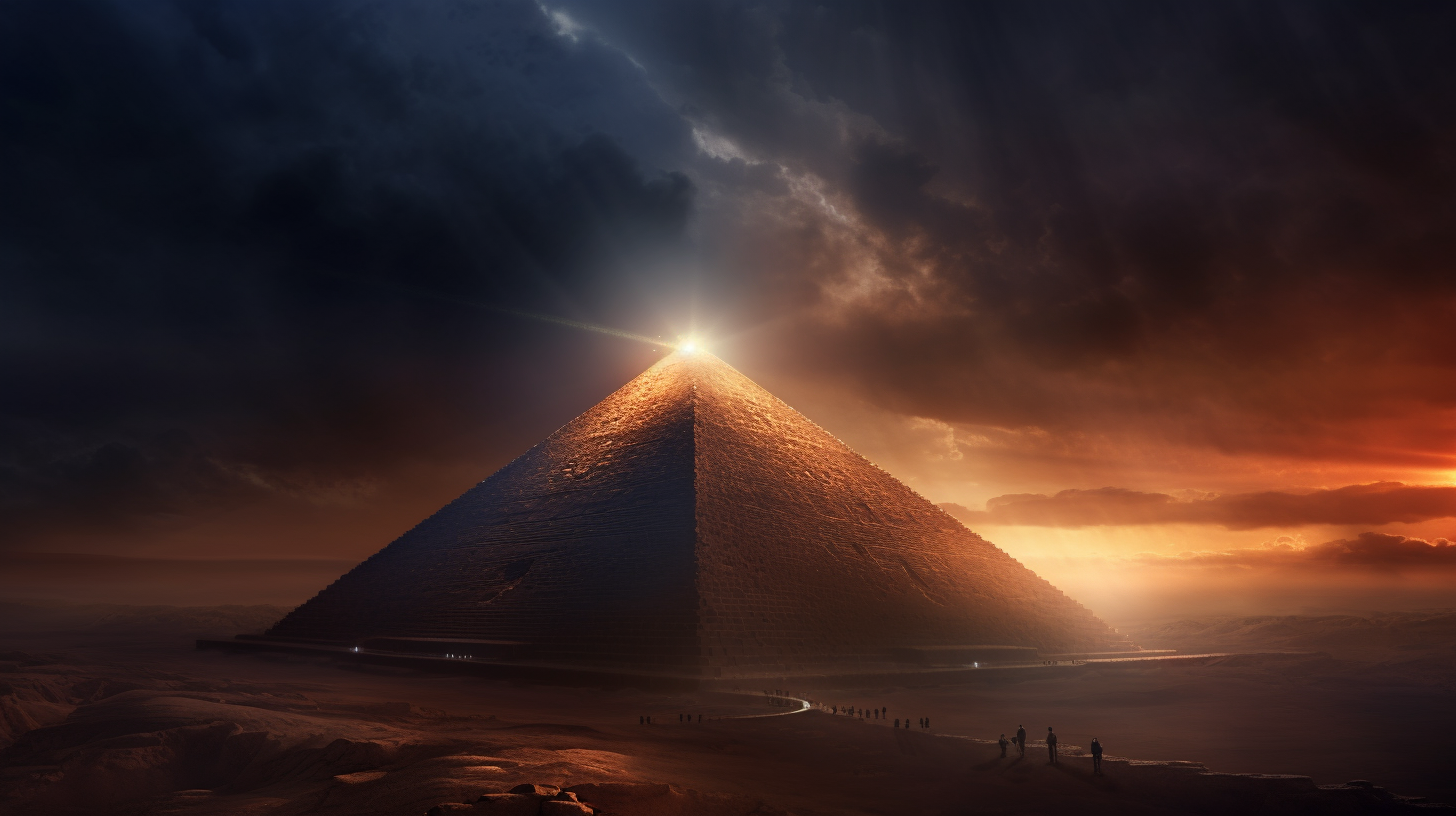From the well-known pyramids at Giza to the virtually unknown Chinese pyramids, these mysterious structures have been studied, questioned and argued over. The mainstream theory—being built as tombs—would account for some of these, but not all.
So what exactly were the pyramids used for?
In the world of mainstream archaeology, the mystery of the pyramids would appear to have been solved: They were built by the rulers of their land as a monument to their ruling heritage. Mummified corpses, relics left for the afterlife, and symbolic doorways to the world of the dead have been found in many of these structures. Therefore, the obvious would be to surmise they are tombs.
Is this true, or were the pyramids co-opted and reused while their true purpose has been ignored?
The pyramids on the Giza Plateau in Egypt are the most well known, especially the Great Pyramid. Interestingly, there have never been ANY mummified bodies found within this pyramid, and modern engineers are at somewhat of a loss as to how the Egyptian culture was able to create such an incredible feat of engineering.
The blocks used fit so tightly together that a razor blade cannot slide between them. The exact placement of the pyramid is precisely aligned to true north so exactly that modern engineers find it very difficult to do this today.
The Giza complex, as well as the three great pyramids at Teotihuacan in Mexico, exhibit advanced astronomical knowledge in their precise alignment with Orion’s Belt. Not only that, but the Great Pyramid is the only known pyramid to have EIGHT sides, not four, which is only apparent during the equinoxes when the sun hits it so perfectly that a slight indentation is revealed.
There are actually cut marks on some of the pyramid’s stones that can only be done with some type of high-powered saw. These are especially seen on the platform that the Great Pyramid sits upon. Mainstream explanations would have us believe that this amazing architecture was constructed using mere stones and chisels.
But what if there’s another explanation?
The different blocks of stone used in the construction of the Great Pyramid, and what is now MISSING on this pyramid, start to tell a potential tale of what the pyramid was used for. This is also backed up by remote viewing data that John Vivanco and his team uncovered about this pyramid.
So what’s missing? The missing part of the pyramid is a white, limestone casing that once covered the whole, outside surface. It started to break apart many centuries ago during an earthquake. Locals who controlled the area began to take this substance to use in building their mosques, so it all but disappeared for reuse elsewhere.
Now add to this the different blocks of stone used in the construction. The stones you see are made of limestone. However, in the areas where there are chambers located deep inside, granite was used.
Why is that important? Granite has piezoelectric properties that are used in modern electronics to store energy. Add to this the limestone casing that was once there, and that the Great Pyramid sits upon an aquifer, and we start to get a clue about what the pyramid was originally used for.
Remote Viewing Data
With remote viewing, the reason for the pyramids’ construction can easily be looked at, and we can understand what these great monuments of the pyramids were used for.
One of the most striking things in all of the remote viewing data was what wasn’t there—not one single indication or word that they were built to hold the deceased. In fact, all the data described what the mainstream considers to be a conspiracy theory, that is, that many of the pyramids, especially the Great Pyramid, were built as power plants.
Think about it: a massive structure with the intended purpose of creating electrical energy. In other words, with the limestone casing that was once there, the variation of granite and limestone, as well as the specific placement of the internal and subterranean chambers, with the whole pyramid sitting upon an underground aquifer, it essentially created a giant battery.
This raises more questions, of course. For instance, did the ancient Egyptians really build the Great Pyramid? Is it much older than we know, and if so, who built the pyramids in the first place?
We can say, though, that we do know what the pyramids were used for; now, the rest of the world just needs to catch up.


